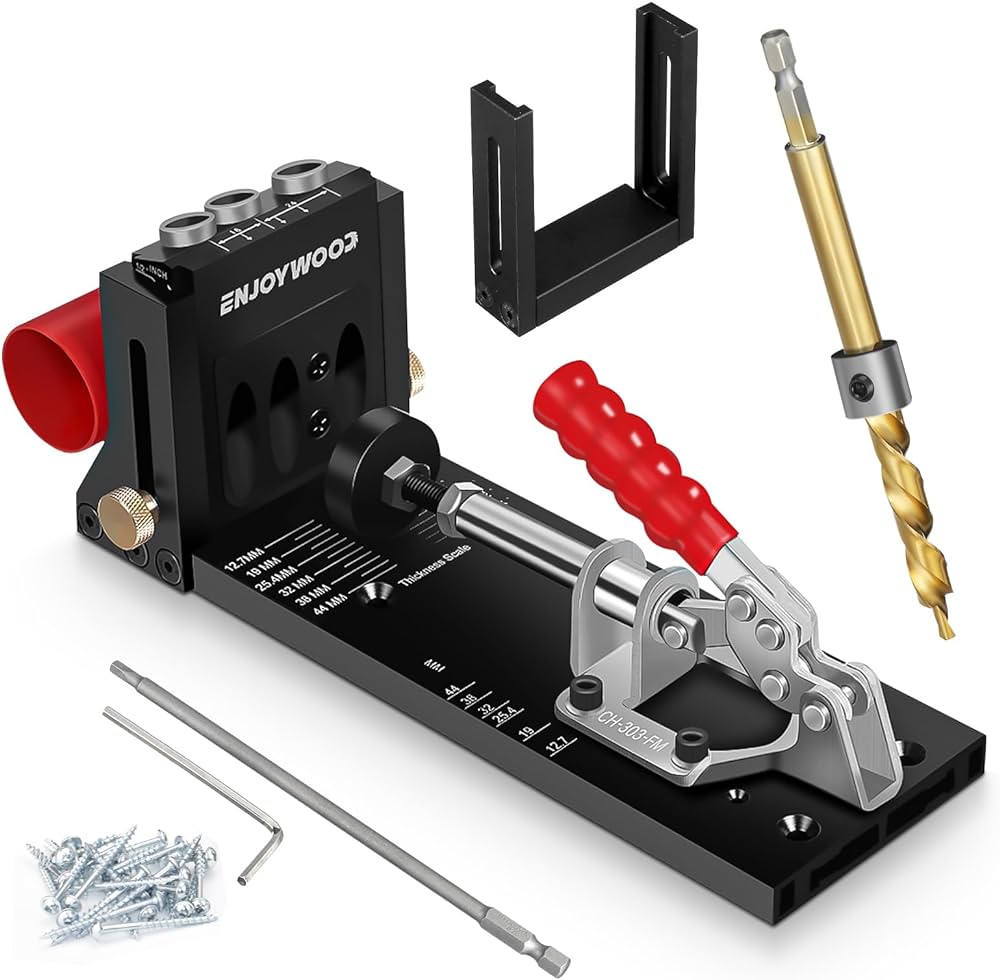Are you tired of manually drilling holes in your woodworking projects? Have you been searching for an efficient and reliable way to bore holes with ease? Look no further than the hole boring tool! In this comprehensive guide, we will explore everything you need to know about this invaluable tool.
What is a Hole Boring Tool?
A hole boring tool is a specialized drill bit that is designed to create accurate, precise holes in wood, metal, plastic, and other materials. These tools come in a variety of sizes and styles, including hand-held models and electric versions. They are commonly used in woodworking projects, furniture making, cabinetry, and construction work.
Types of Hole Boring Tools
There are several types of hole boring tools available on the market today. Each type offers its own unique set of advantages and disadvantages. Let’s take a closer look at some of the most popular types:
1. Auger Bits: These bits have a spiral shaft and cutting edge that bores into wood quickly and efficiently. They are ideal for creating deep holes in larger pieces of lumber.
2. Forstner Bits: Forstner bits are flat-bottomed bits that can create clean, precise holes with straight sides. They are often used in cabinetry and furniture making.
3. Spade Bits: Spade bits have a pointed tip and two sharp edges that cut through wood quickly. They are ideal for creating large diameter holes.
4. Hole Saws: Hole saws consist of a circular blade with teeth around the edge that can cut through thicker materials like metal or plastic.
How to Choose the Right Hole Boring Tool
Choosing the right hole boring tool depends on several factors such as the type of material you want to drill, the size of the hole required, and your personal preferences. Here are some key factors to consider when selecting a hole boring tool:
1. Material: Consider the type of material you will be drilling into. Different materials require different types of bits.
2. Size: The size of the hole required is also an important consideration. Make sure to choose a bit that is the appropriate size for your project.
3. Shank Size: The shank size of the bit should match the chuck on your drill or drill press.
4. Depth: Some projects require deeper holes than others, so make sure to select a bit that can bore to the desired depth.
5. Quality: Look for high-quality bits made from durable materials that will last longer and provide better performance.
Using a Hole Boring Tool
Once you have chosen the right hole boring tool for your project, it’s time to start drilling! Here are some tips to ensure that you get the best results:
1. Use Proper Safety Equipment: Always wear eye protection and gloves when using a hole boring tool.
2. Use the Right Speed and Pressure: Apply steady pressure while drilling and adjust the speed according to the material being drilled.
3. Keep the Bit Clean and Sharp: Clean off any debris or sawdust after each use and sharpen or replace dull bits as needed.
4. Practice on Scrap Wood First: If you’re new to using a hole boring tool, practice on scrap wood first before moving on to your actual project.
Benefits of Using a Hole Boring Tool
There are many benefits to using a hole boring tool in your woodworking and DIY projects. Here are just a few:
1. Efficiency: A hole boring tool can save you time and effort by quickly creating precise holes with minimal effort.
2. Accuracy: These tools provide accurate, clean cuts that result in professional-looking finished products.
3. Versatility: With so many different types of hole boring tools available, there’s no limit to what you can create!
4. Cost-Effective: Investing in a high-quality hole boring tool can save you money in the long run by reducing waste and minimizing mistakes.
Conclusion
In conclusion, a hole boring tool is an essential tool for any woodworker or DIY enthusiast. With its versatility, efficiency, and accuracy, it can help take your projects to the next level. Remember to choose the right tool for your needs, use proper safety equipment, and practice on scrap wood before beginning your project. Happy drilling!
References:
1. “Hole Saw vs. Forstner Bit – Which One Should You Use?” by Woodworking Fuel
2. “The Ultimate Guide to Auger Bits” by Pro Tool Reviews
3. “How to Choose the Right Drill Bit for the Job” by The Spruce Crafts




